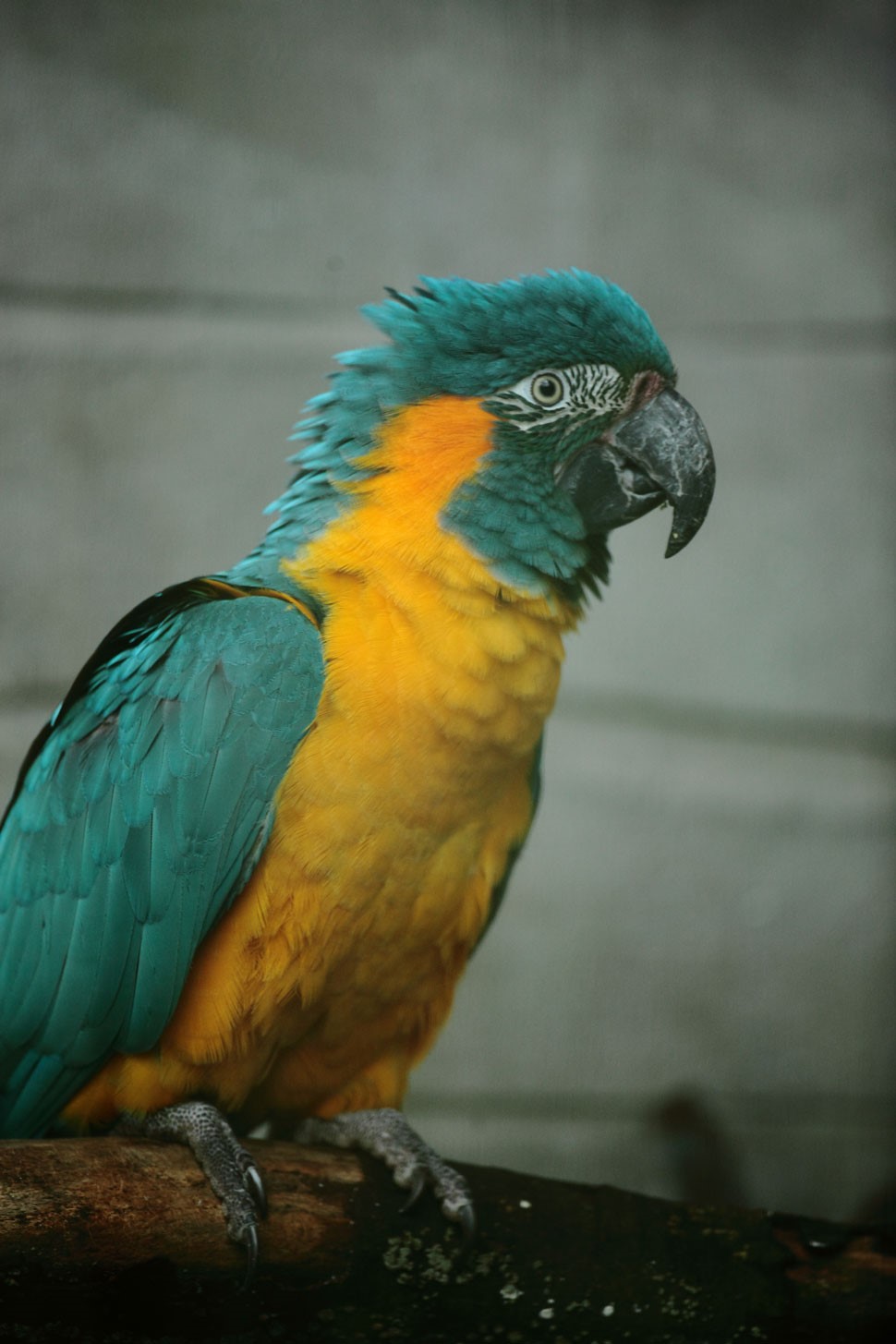Blue-throated macaw
Ara glaucogularis
IUCN Status: Critically endnagered

Diet
Predominantly reliant on the Attalea phalerata palm for its fruits, though it will also eat some nuts and seeds
Breeding
They nest in tree cavities laying 1-3 eggs. Incubation takes 26 days and they fledge after 13 weeks. Even after fledging young macaws are still dependent on their parents for food until they are able to forage by themselves. When they are able to forage for themselves they may still stay with their parents for up to a year, which means the parents will skip and breeding season.
At The Zoo
We have bred this species to two generations here at the zoo but our current pair are rather too fond of people and less of each other! Old enough to breed (7 years as of 2016) we may have to exchange one of the pair and see if the new couple get on better?
Habitat
This bird is endemic to Bolivia in South America living in palm groves, savannah and gallery forest.
Fun Facts
Macaws when they are upset or feeling cross can push more blood into their veins in the bare-white skin area under their eyes making then go red with anger! The tail feathers of a macaw only moult through every 2 or 3 years and are the longest feathers of any parrot!
Behaviour
This species is most frequently found in pairs, but small groups (7-9) have also been documented. As well as flying they also climb trees and branches and walk on the ground.

